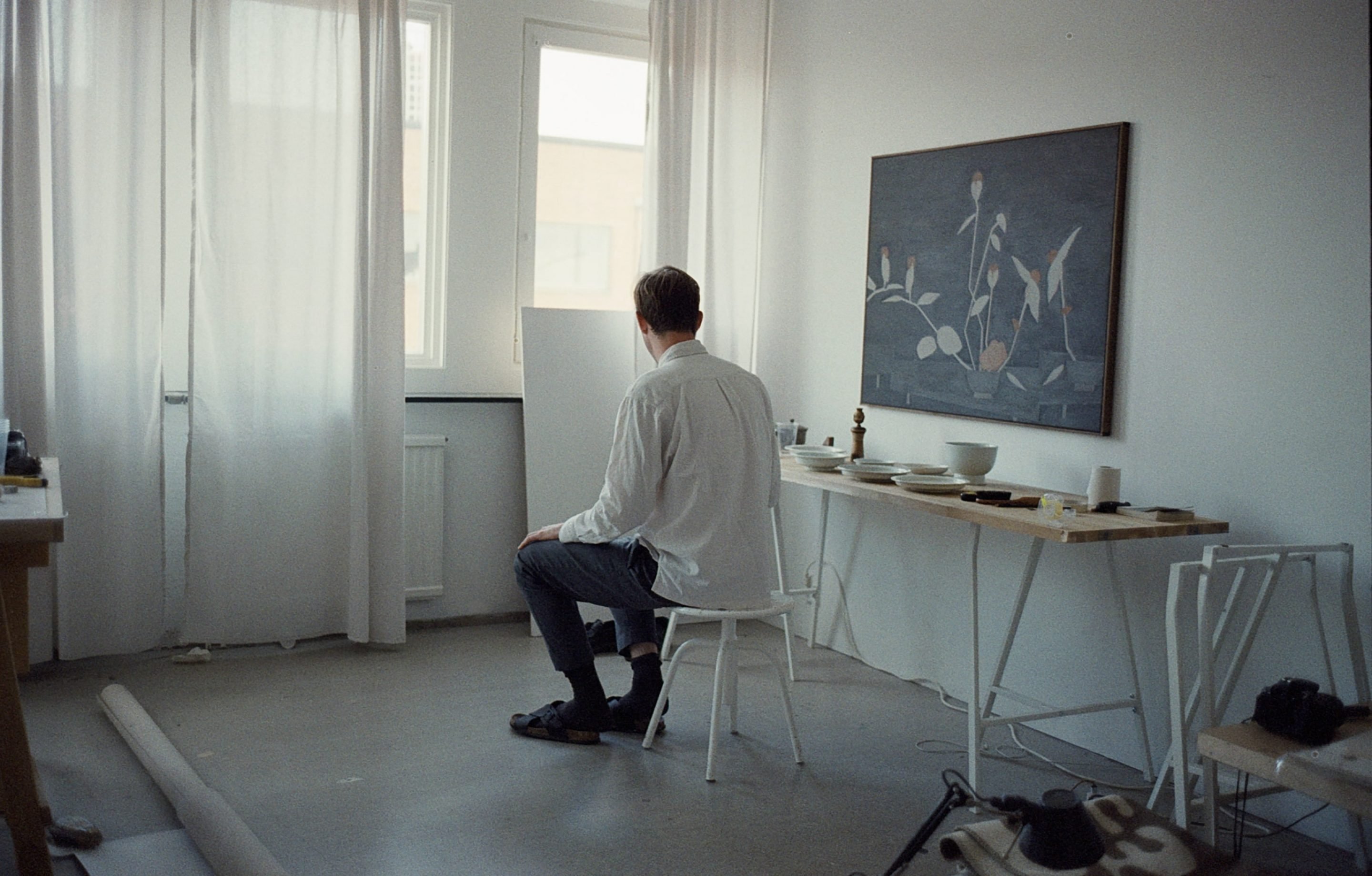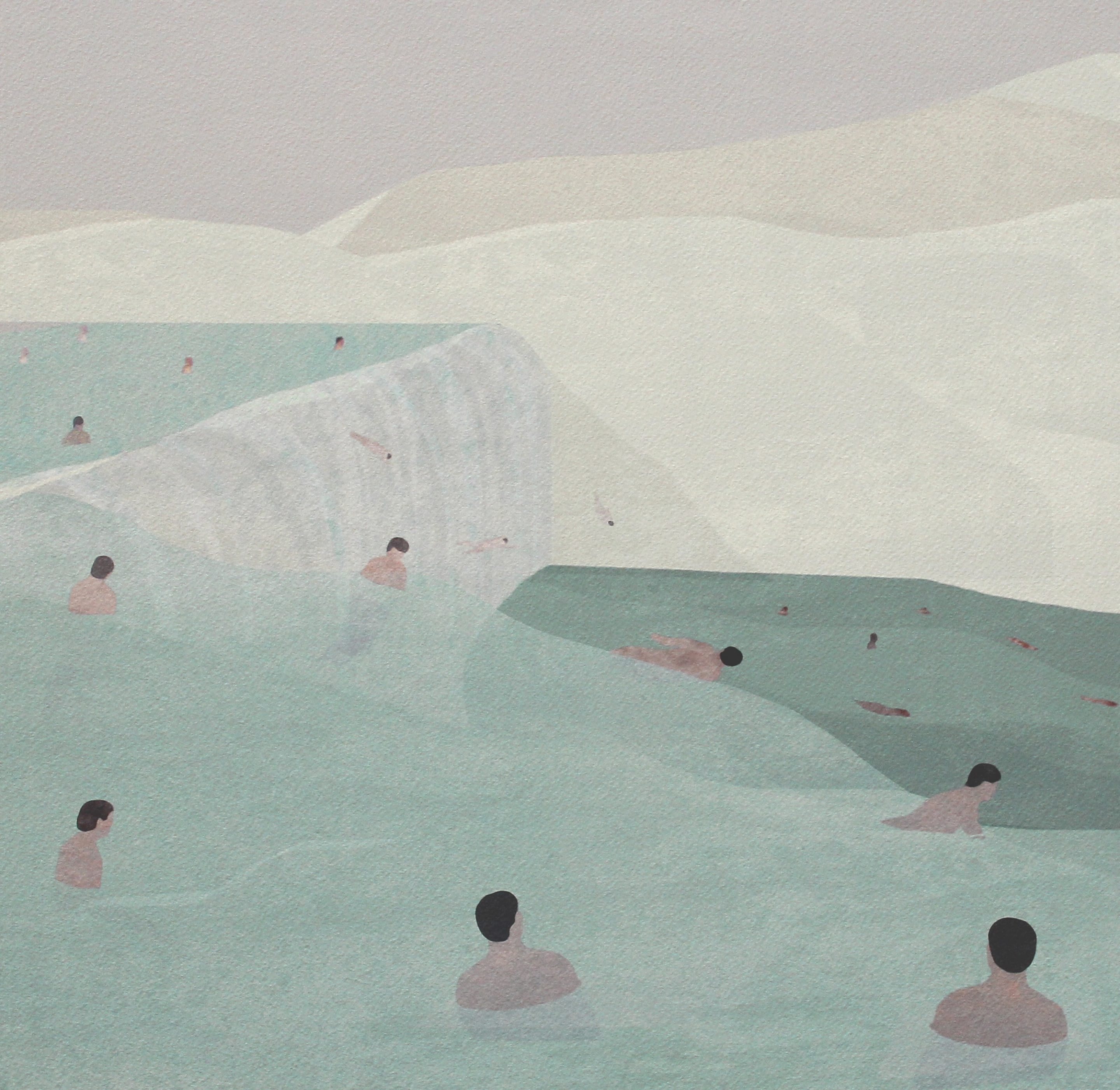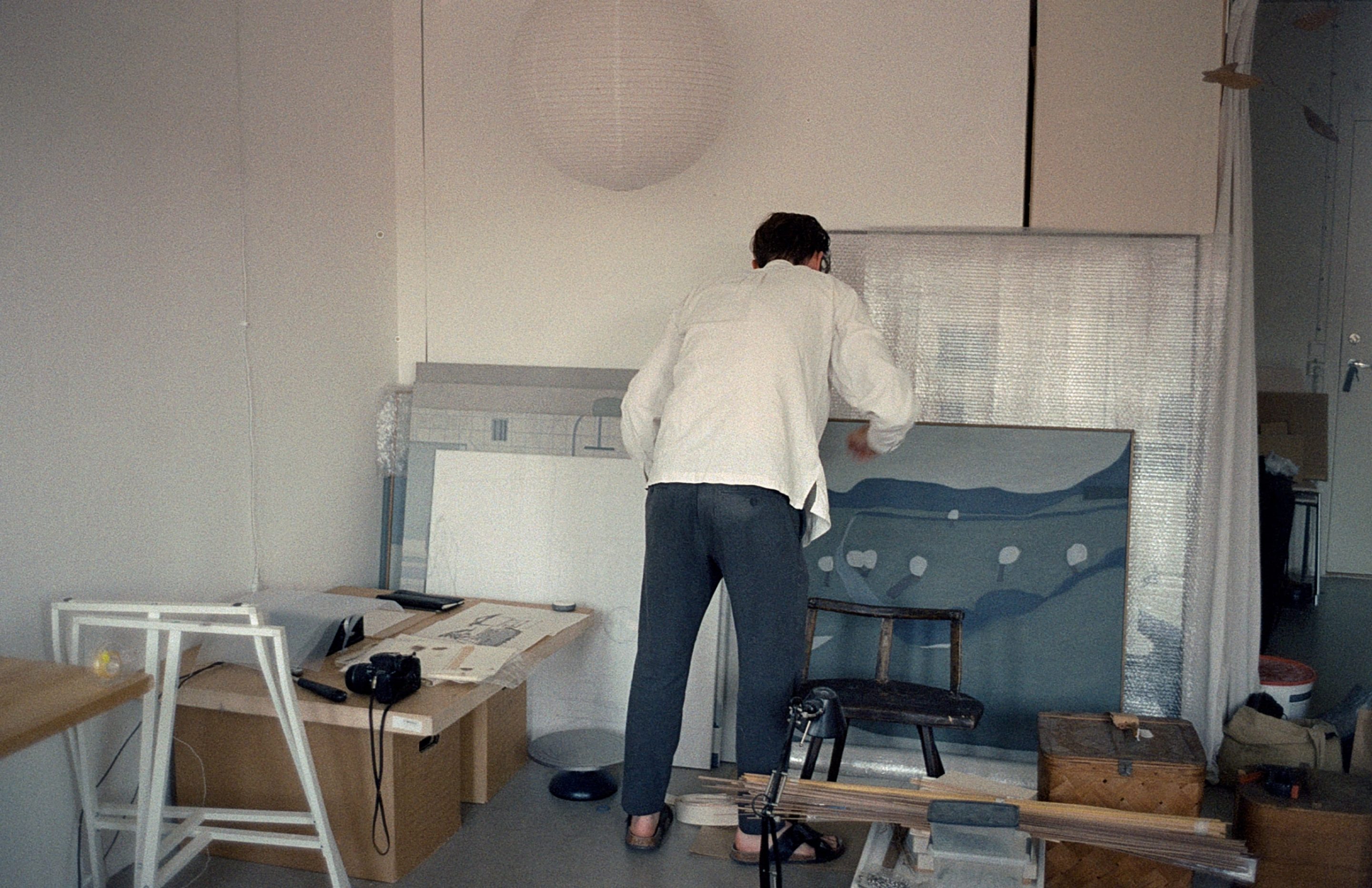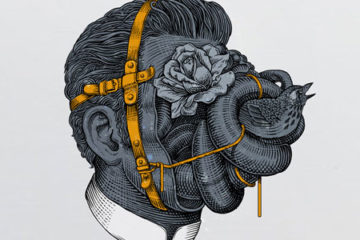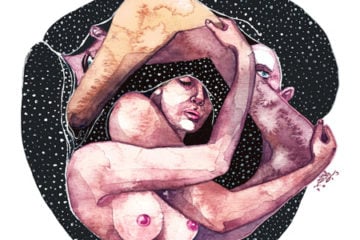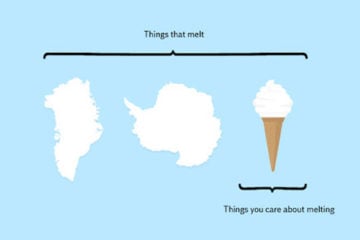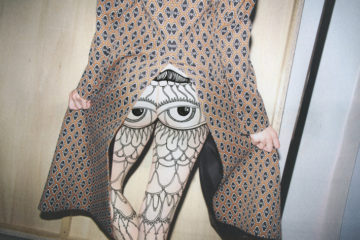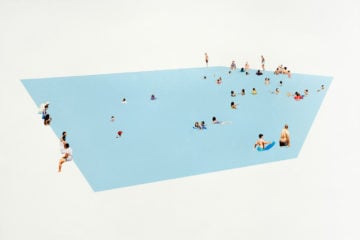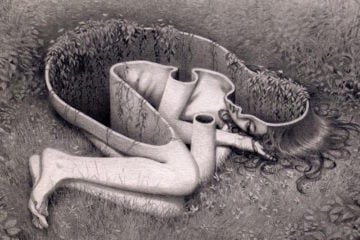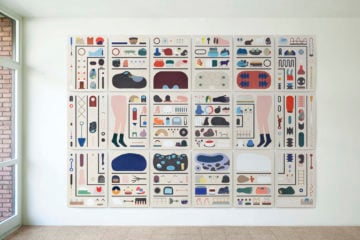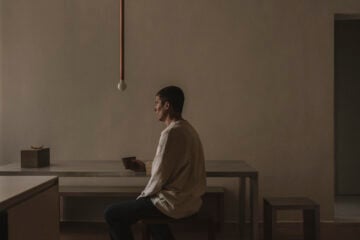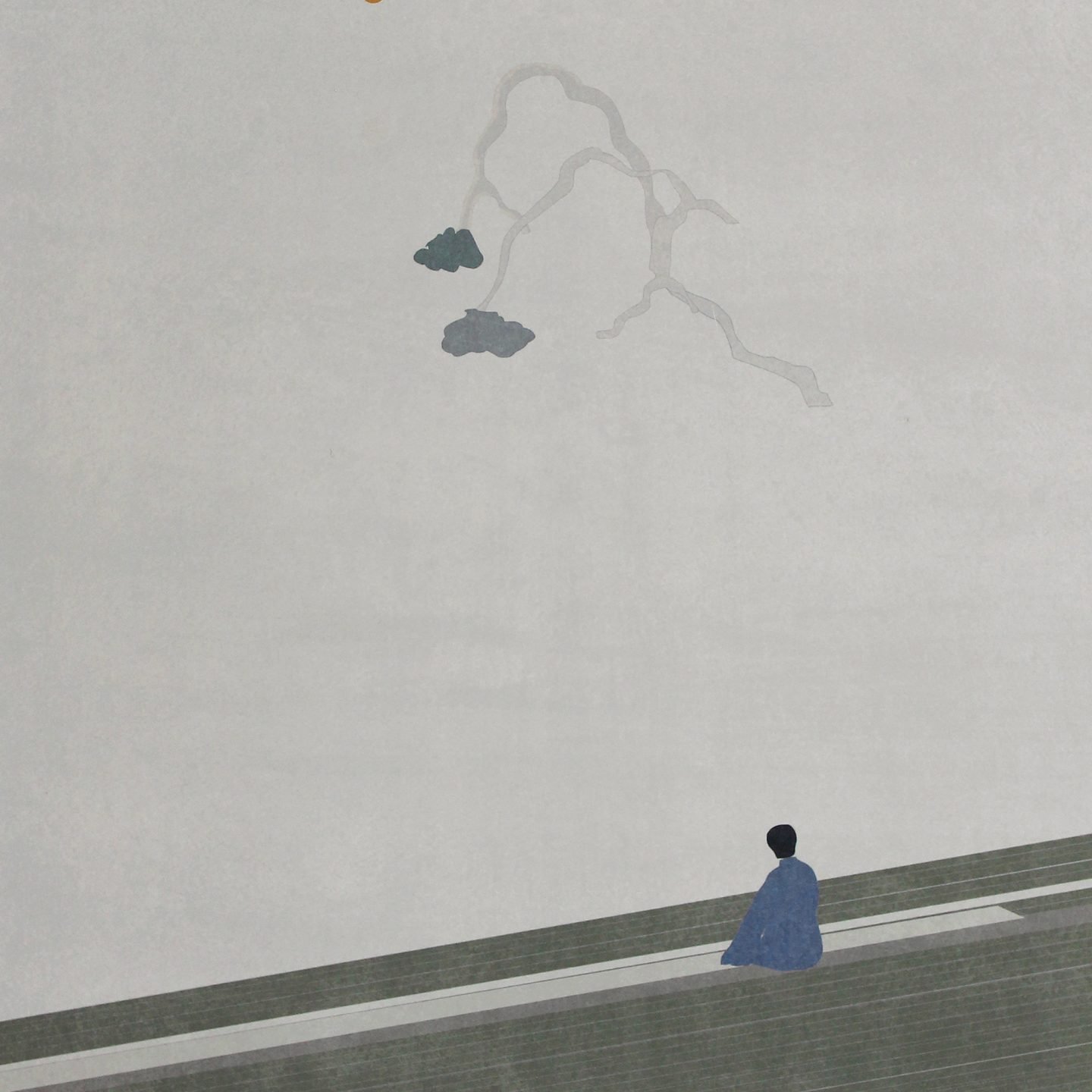
Jon Koko’s Evocative Art Soothes And Makes The Mind Wander
- Name
- Jon Koko
- Words
- Devid Gualandris
In an oversaturated and digitally controlled environment with endless potential distractions, Swedish artist Jon Koko gives our eyes a welcome place to rest. From house models to illustrations and paintings inspired by his travels around Asia, Koko’s unique art holds our attention and engages our imagination, by nodding to the Japanese aesthetics of simplicity and emptiness. In this interview, he tells us how and why.
Hailing from the south of Sweden, Koko graduated in fine arts before exploring the world as an independent artist and illustrator. His first trip to Japan marked an extraordinary spiritual awakening and aesthetic shift in his career, which led him through classes at a woodblock printing school in Kyoto, to what his art is today: a unique blend of oil painting and architectural studies that is inspired by and fully immersed in the Japanese universe. Informed by his time living in Taiwan and extensive travel throughout Japan, Koko’s highly original compositions are fascinating fragments of his memories. Dreams of his time in Asia are turned into visual tools for meditation—from landscapes and houses in axonometric views, to interiors of tea houses and surreal scenes with impersonal characters. Carefully balanced and painted in soft, flat colors, they highlight the simplified and refined aesthetic taste of Japan, enticing viewers to venture over new unexplored continents of experience.
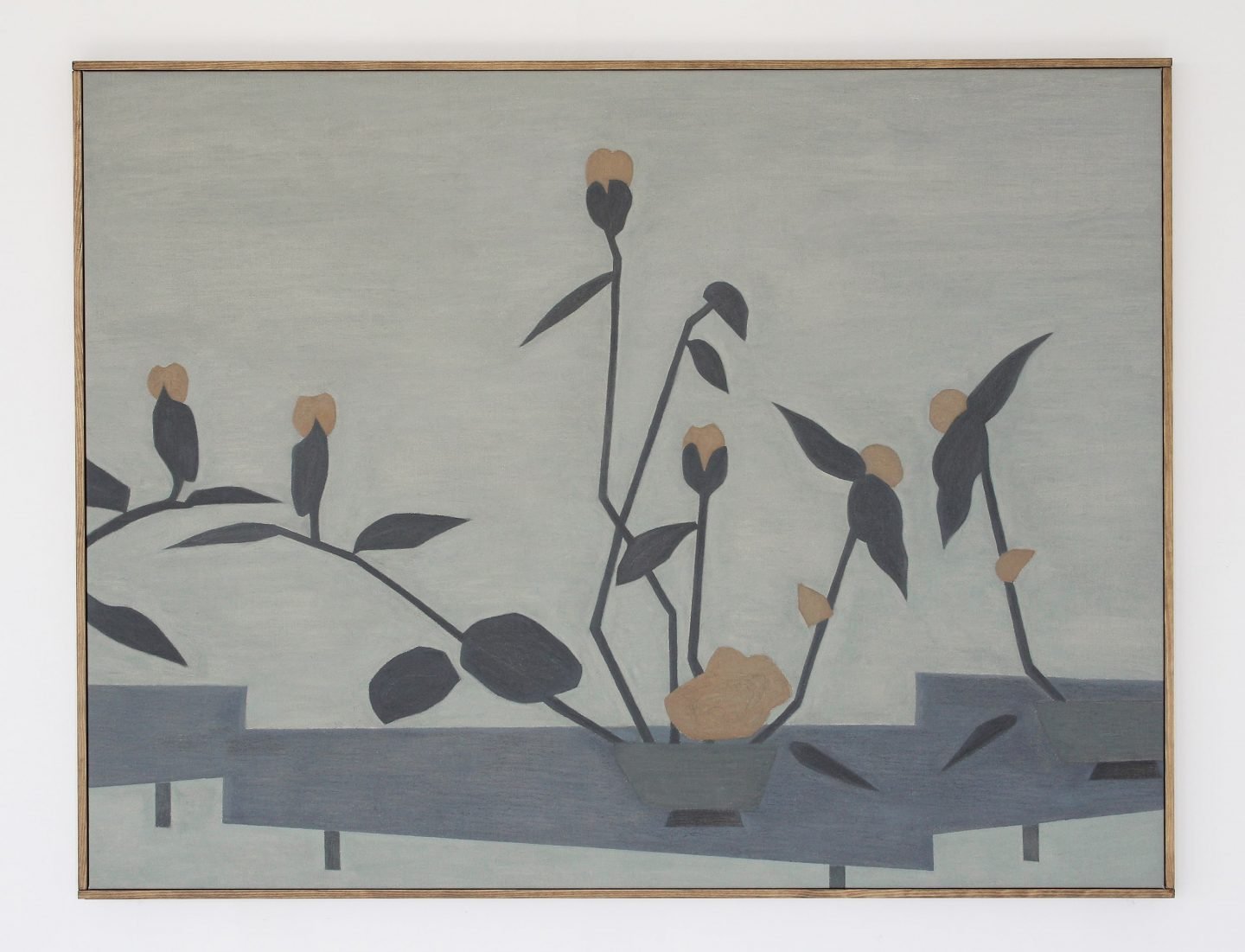
Highlighting the simplified aesthetic taste of Japan, Jon Koko entices viewers to venture over new unexplored continents of experience
Evoking a certain distance and tranquility, there is something exquisitely harmonic in Koko’s illustrated scenes. Entwining order between forms and colors, the artist creates a soothing design whose prime purpose is to captivate the viewer’s attention with its many hidden charms. Without noise or excessive adornment, his works feature spaces in which emptiness provides a pause to catch one’s breath. Japanese aesthetics are deeply rooted in Zen Buddhist thoughts of spiritual richness and the elimination of everything unnecessary in the surroundings and in the mind. According to ma—one of the governing concepts of Japanese understanding and expression of space—emptiness is an opportunity to be filled rather than a flaw; it is an area that allows different people, things, places, and experiences to co-exist with less friction between them. For Koko, emptiness signifies an intimate field of infinite possibility, in which beauty is found to happily dwell. What his viewers are left to do is to derive from it time for contemplation and watch their minds wander.
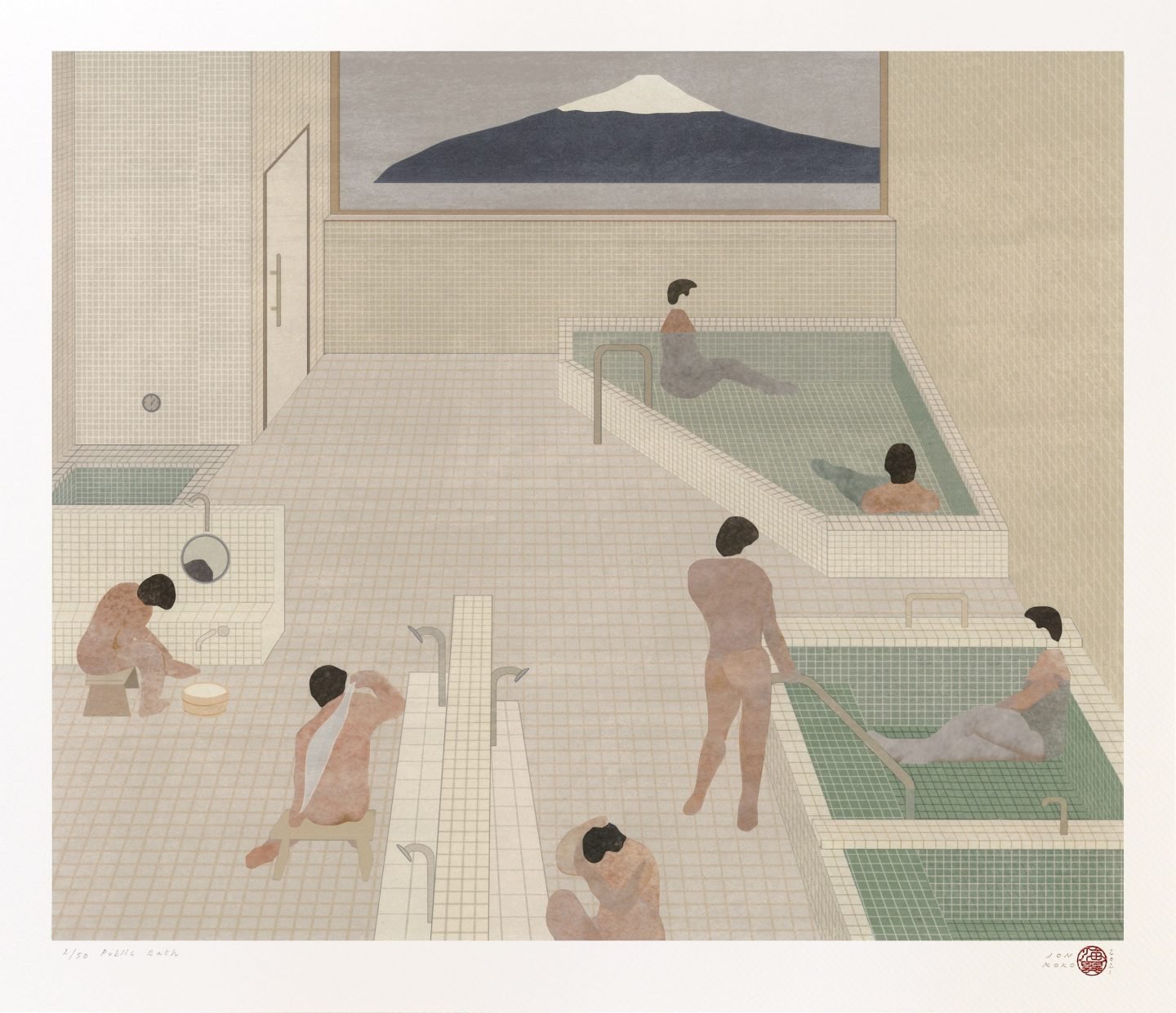
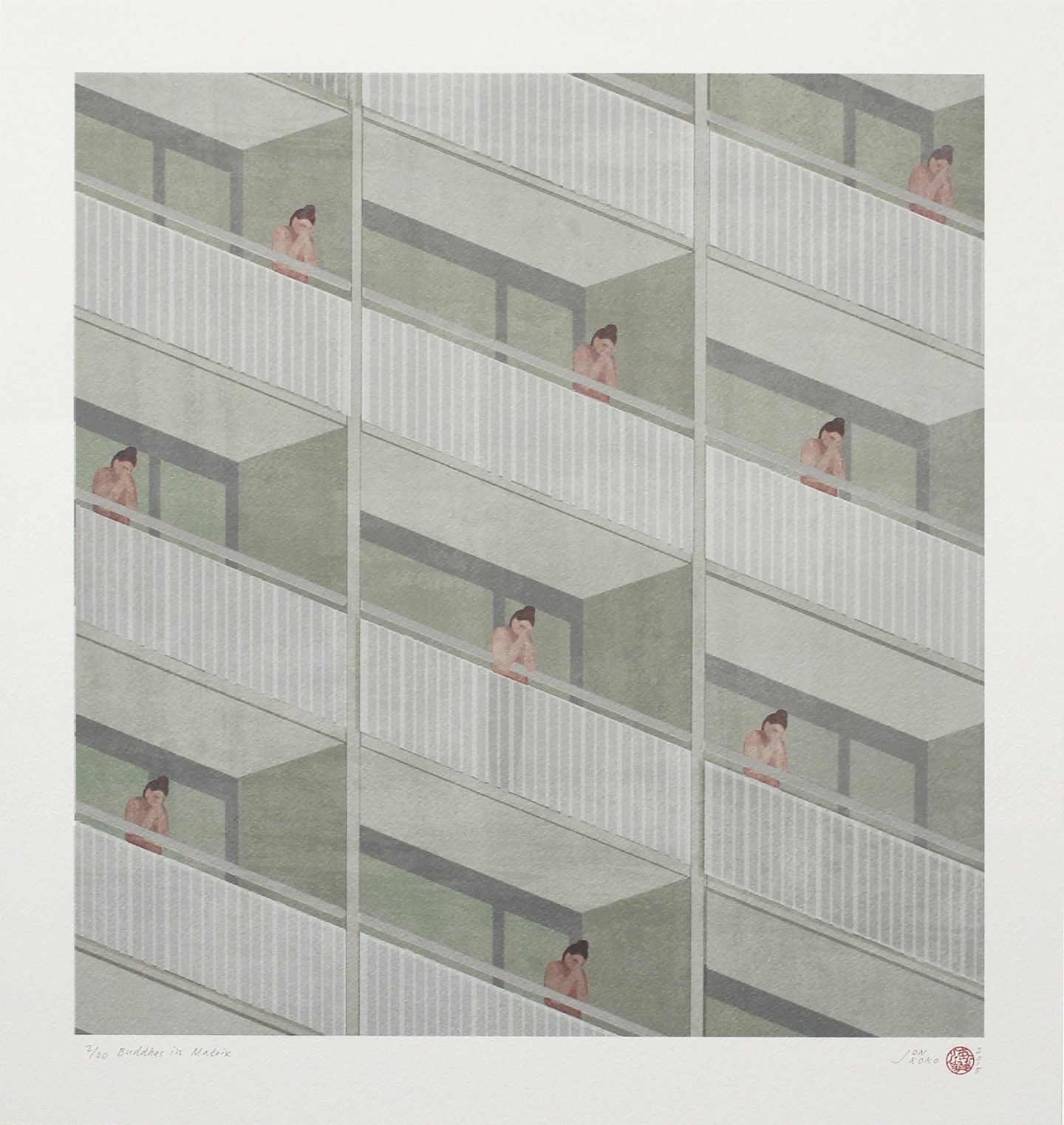
How did your journey in illustration art begin? And why this medium?
I started off with painting. When I first began, I painted in a very different way. It was an explosion of colors influenced by Rauschenberg and Rothko; and it even had some graffiti elements to it. They were purely abstract, impulsive paintings. One day, I started editing my works digitally; from there it progressed into what I do today. Illustration suits my need to express certain visions. It is a great medium to make things more tangible—I find illustrations to be very descriptive.
Japanese art, Buddhism, and Taoism count among your main influences. What drew you to them? How have these shaped your vision?
There was a period in my life when I listened to the Tao Te Ching [a classic Chinese text, fundamental to both philosophical and religious Taoism] on my iPod every single day. I was very taken by it. The text has changed my life radically, it was a real paradigm shift. Every aspect of my life suddenly reached a new meaning; I started to observe and notice things that previously had been out of awareness. I felt both ecstatic and deeply moved; it just seemed to complete my thoughts. Maybe this is what first introduced me to and taught me about the value of emptiness—it has the power to set the mind into motion.
When it comes to Japanese arts and crafts, I think I have learned a lot by just carefully observing them. In 2015, I went to Japan to hunt down exhibitions and places connected to the woodblock printer Kiyoshi Saitō, with the aim of learning and understanding his work and technique better. Japanese craftsmen pour their lives into their craft; they have an outstanding way of treating materials, colors, and designs, which are always executed with the highest sensitivity. I will always find joy, inspiration, and guidance through their work. Sōetsu Yanagi’s The Unknown Craftsman is one of my favorite books—it has kept pushing me through the years, and it’s one that I always come back to.
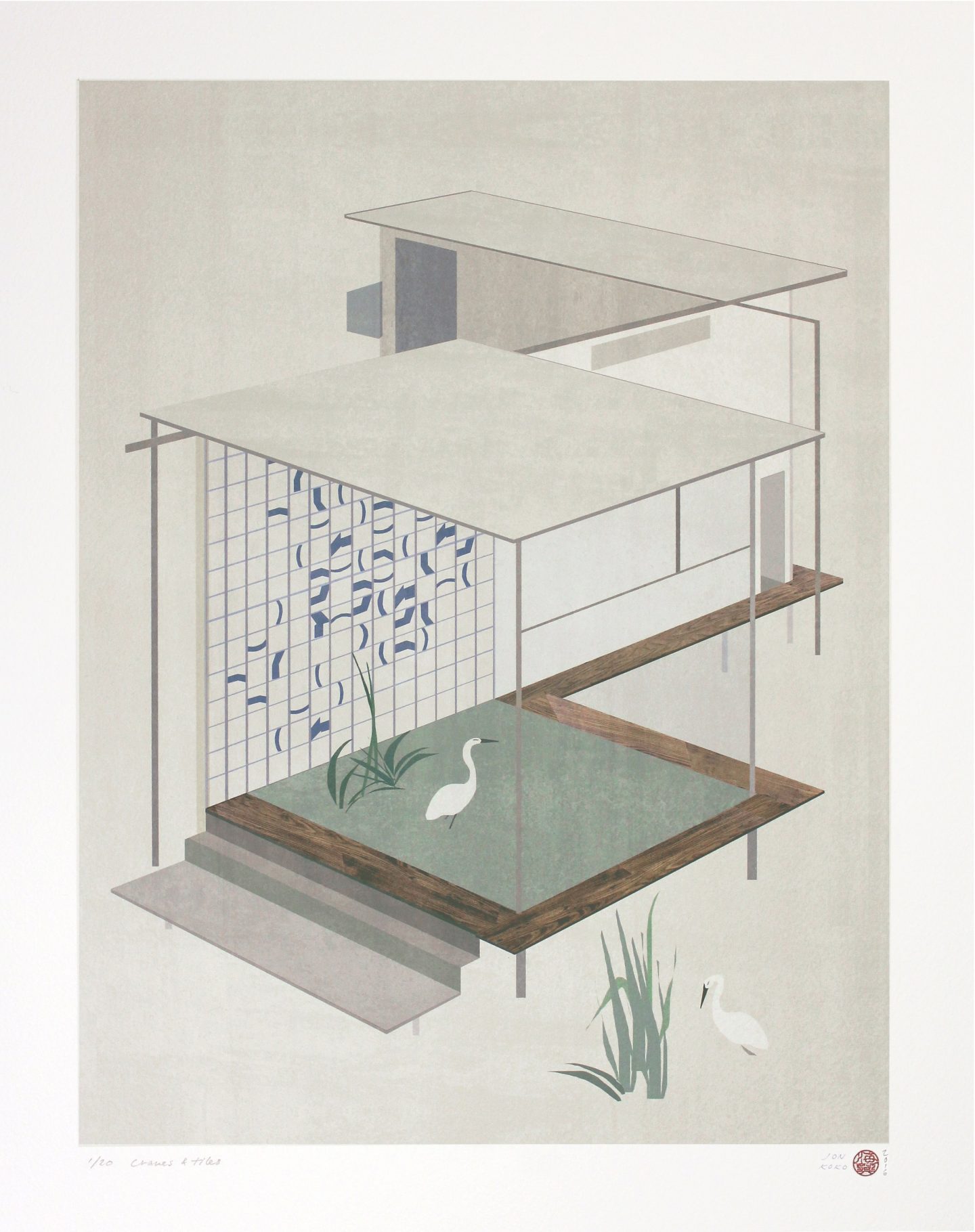
Your projects are the fruit of both your imagination and your travels across Asia. Do you recall a moment or sight that was instrumental in developing your artistic expression?
In my early twenties I spent several months in India. For the first time in my life, I got to be fully on my own and experience the intensity of this state of solitude. It was then that I started to gradually take the position of an observer. I believe that what I do now is to express myself from that very position. If you are working with art, being alone can offer the greatest blessings to you.
From Machiya, to Chashitsu, and Japanese gardens, many of your projects nod to architecture. Can you tell us about the importance of this element in your work?
Architecture is one of the best things in life. It awakes a childlike curiosity in me—there’s nothing that excites me quite as much. There is so much contained in architecture; to me, it encompasses every kind of emotion and can be shaped endlessly. It’s not simply about design or technicalities. I appreciate it beyond its pure physicality; I like to think of it as a major source of atmospheres (that we exist in), and, ultimately, that is what connects it so tightly to our memories, dreams, and visions.
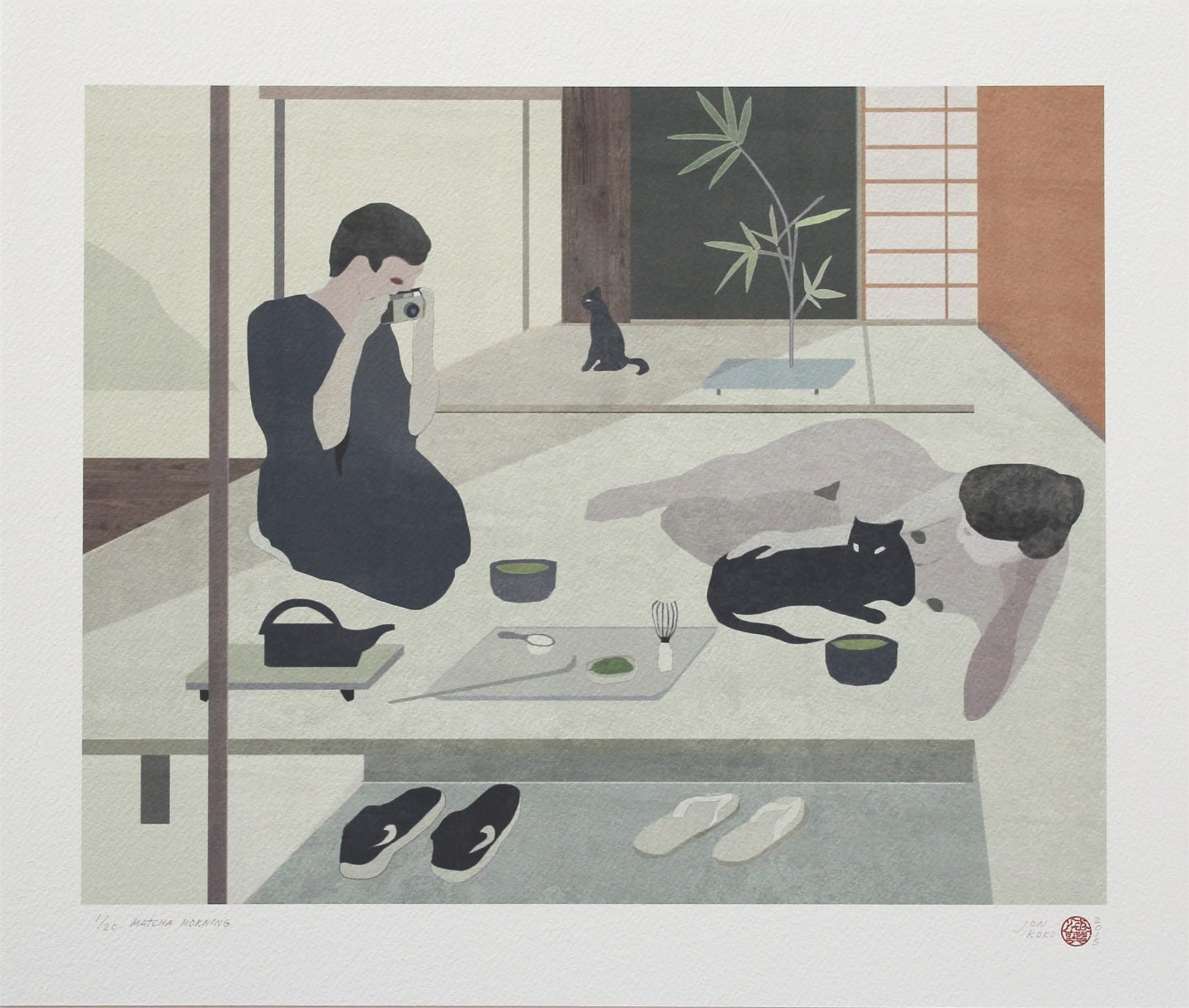
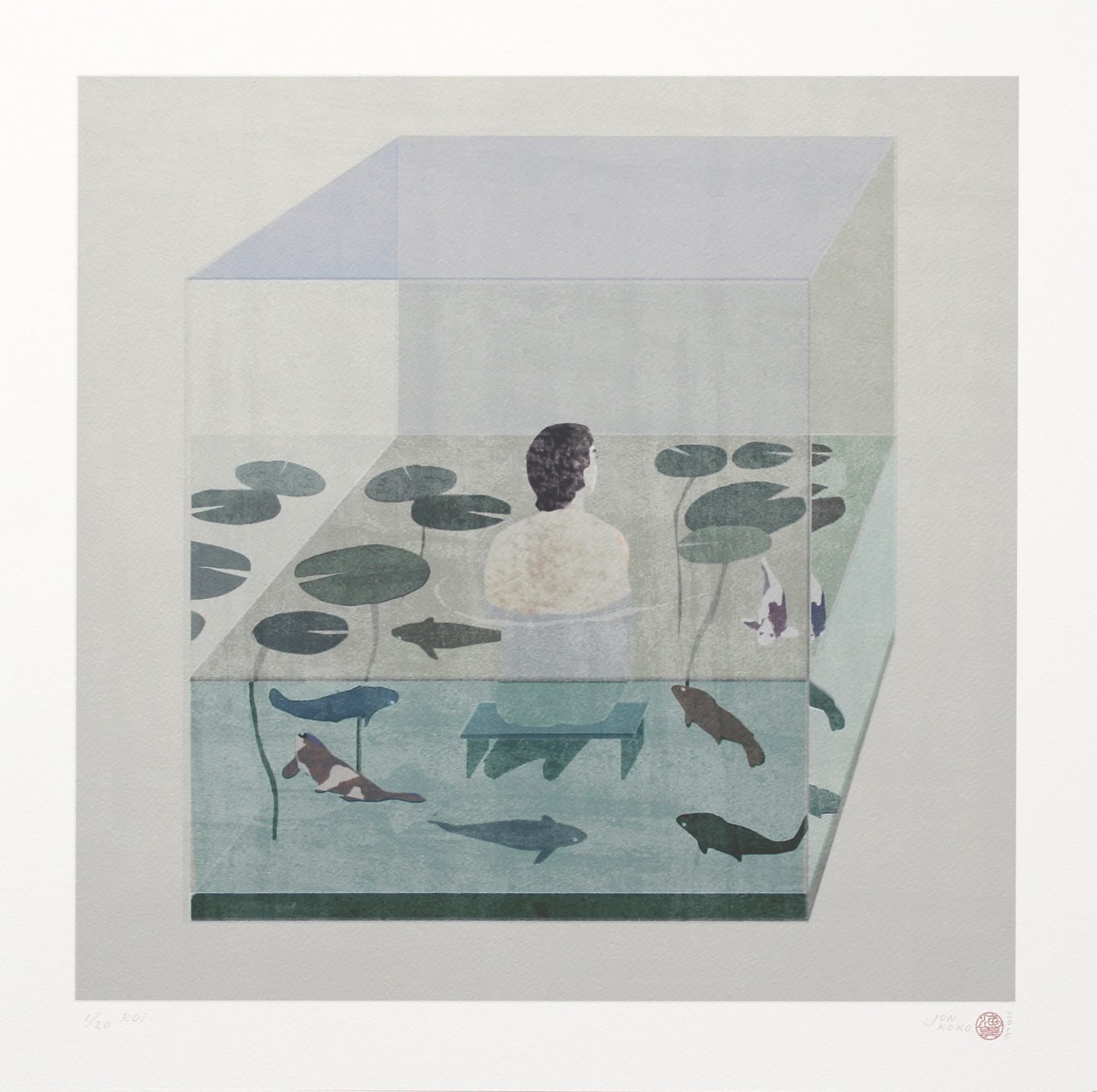
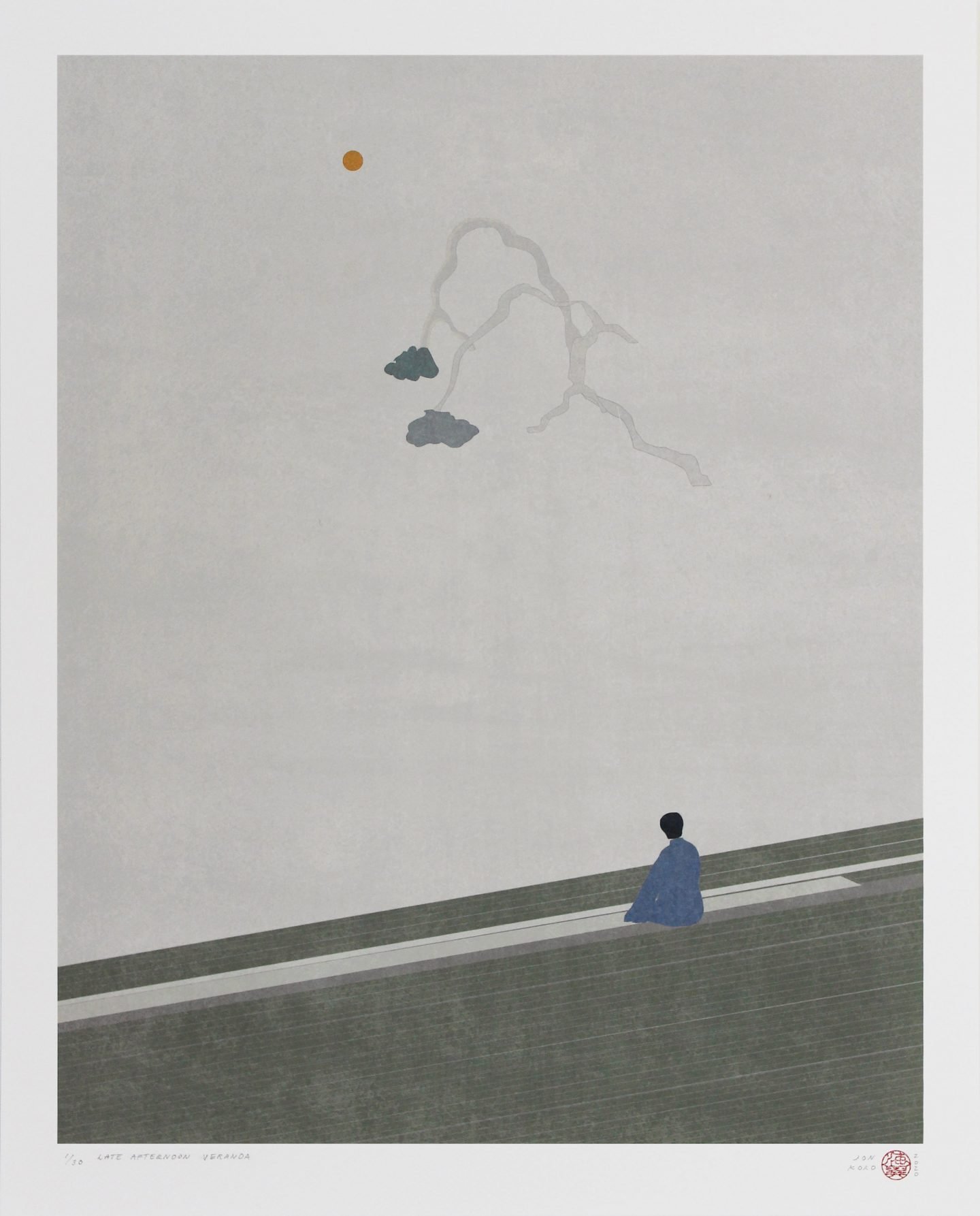
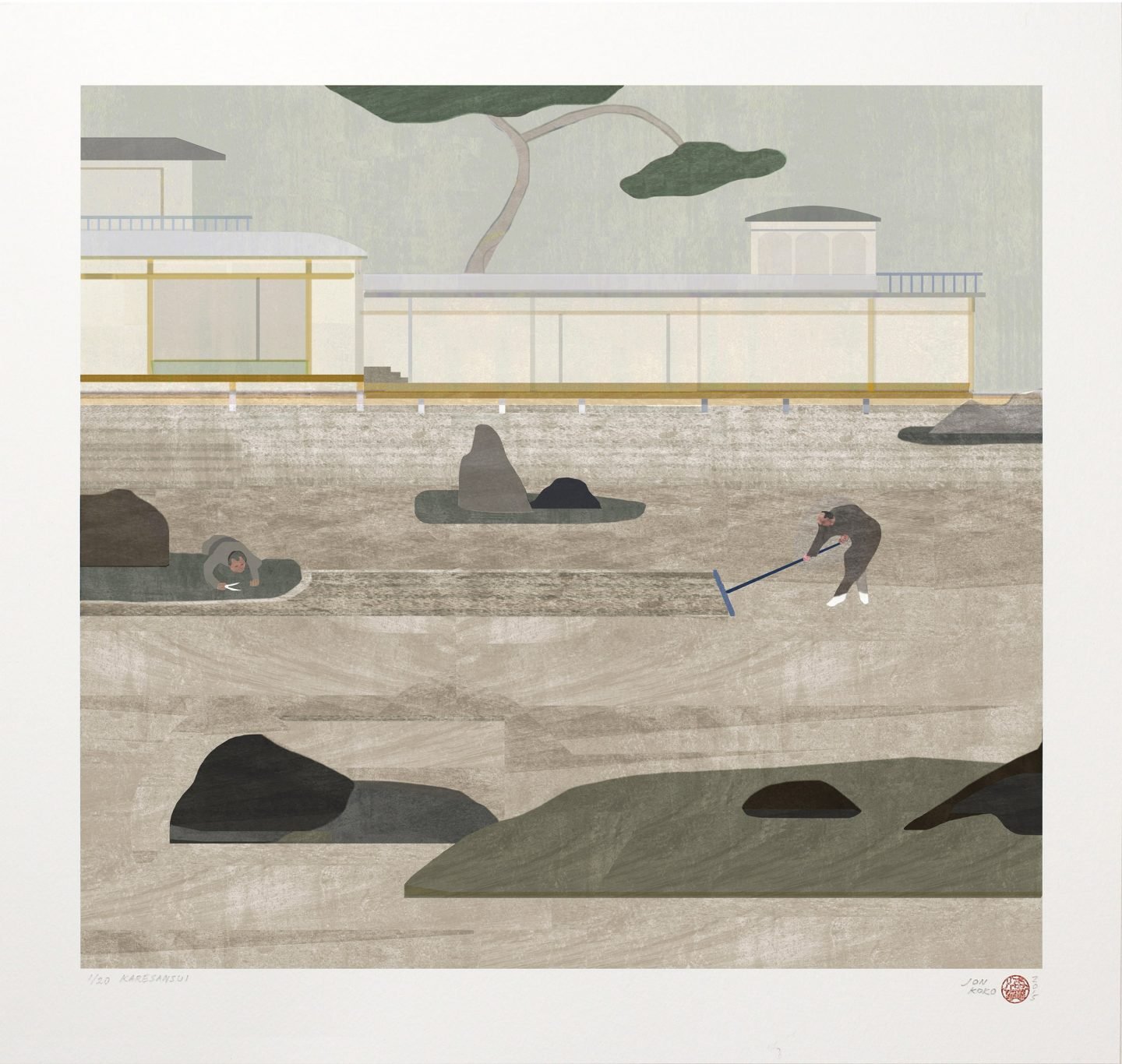
Japanese conceptions of space and spatiality differ from those of the Western world. How do Zen Buddhist thoughts of material poverty and the Japanese concept of ma inform the understanding and expression of space in your works?
Discerning potential in emptiness has become natural to me, when sensing that something is lacking. Whenever there is a feeling of deficiency, to add something seems to be the logical consequence. But when I experience a sense of lack, most likely there isn’t enough emptiness. Absence of emptiness means absence of potential; without the presence of the latter, the work can never be fully alive. After all, ma is a universal quality that has always existed and will continue to do so, no matter if it is being recognized, appreciated, or given a certain name. In a way, these qualities exist without a definition.
Simplified and refined, your calm spaces escape the anxiety of a world that is constantly speeding up. How do you obtain this kind of purity in your work?
I have a tendency to overthink and lose myself to anxiety. To create calm spaces and tranquil atmospheres works as an antidote to my mind, which is one that never stops running. Purity is an essential necessity to maintain a counter-acting force; it comes naturally to me, when expressing myself.
"Absence of emptiness means absence of potential; without it, the work can never be fully alive"
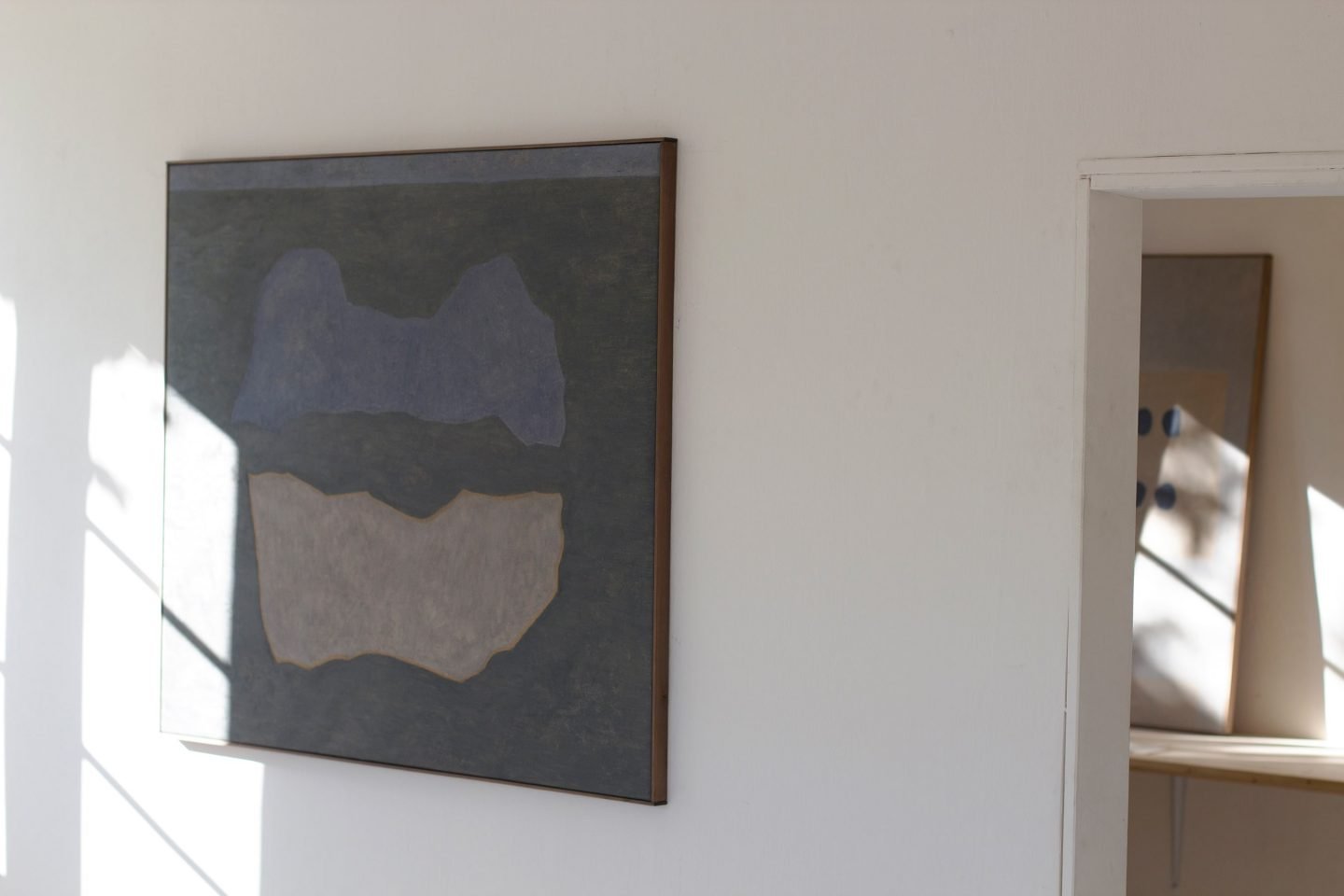
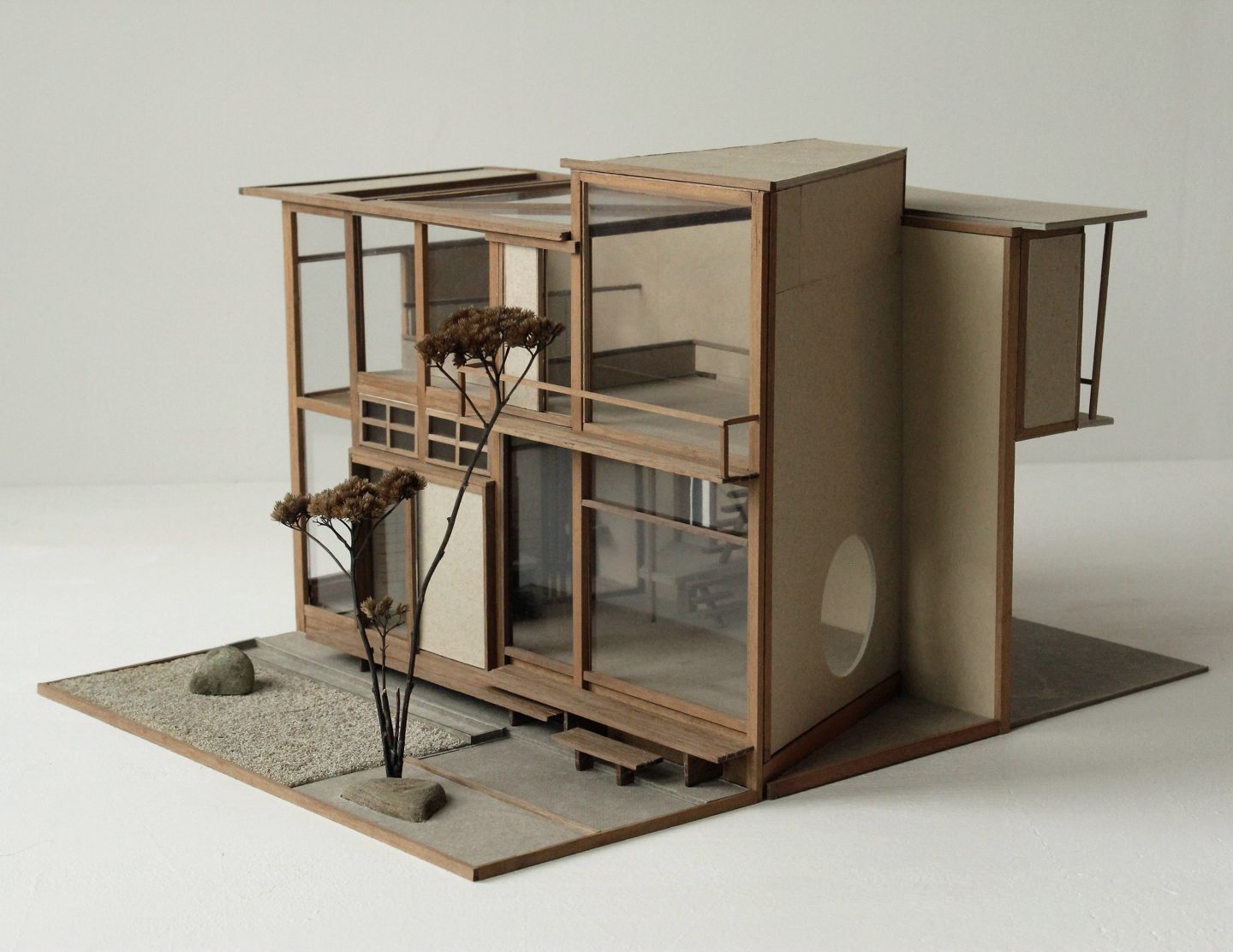
Do you have a particular mindset in which you put yourself when you illustrate?
I require a feeling of tranquility and focus in order to face myself, no matter the medium I am working with. The space around me dictates the way I feel; so I like to build up a sense of intimacy with myself. I strive for a clean, tidy environment without distractions. I don’t mind working in silence but drone or ambient music help to provoke steadiness as I work. There is definitely a certain ritualistic feeling of putting myself into a certain physical space to then create the corresponding mental space.
Looking at your other projects, such as your models of houses, what qualities do you value them for?
The process of building my model houses is very organic. Whenever I have some downtime, I turn to my sketchbook and draw houses. There isn’t much thinking involved; it’s a natural gesture of simply playing around on its pages. Sketches usually yield rough starting points for building a model. Yet, it’s only through the building process of a house that its true and final shape is discovered. There is a concept; however, this is never set in stone. Whenever I draw houses or work on models, in the back of my mind, there is always this dream of one day being able to realize one of those houses into full scale.
Do you meditate or have a spiritual practice?
I practice yoga in the morning and give myself space to meditate afterwards. Another thing I do, though not necessarily a spiritual practice, is writing about things that keep my mind busy.
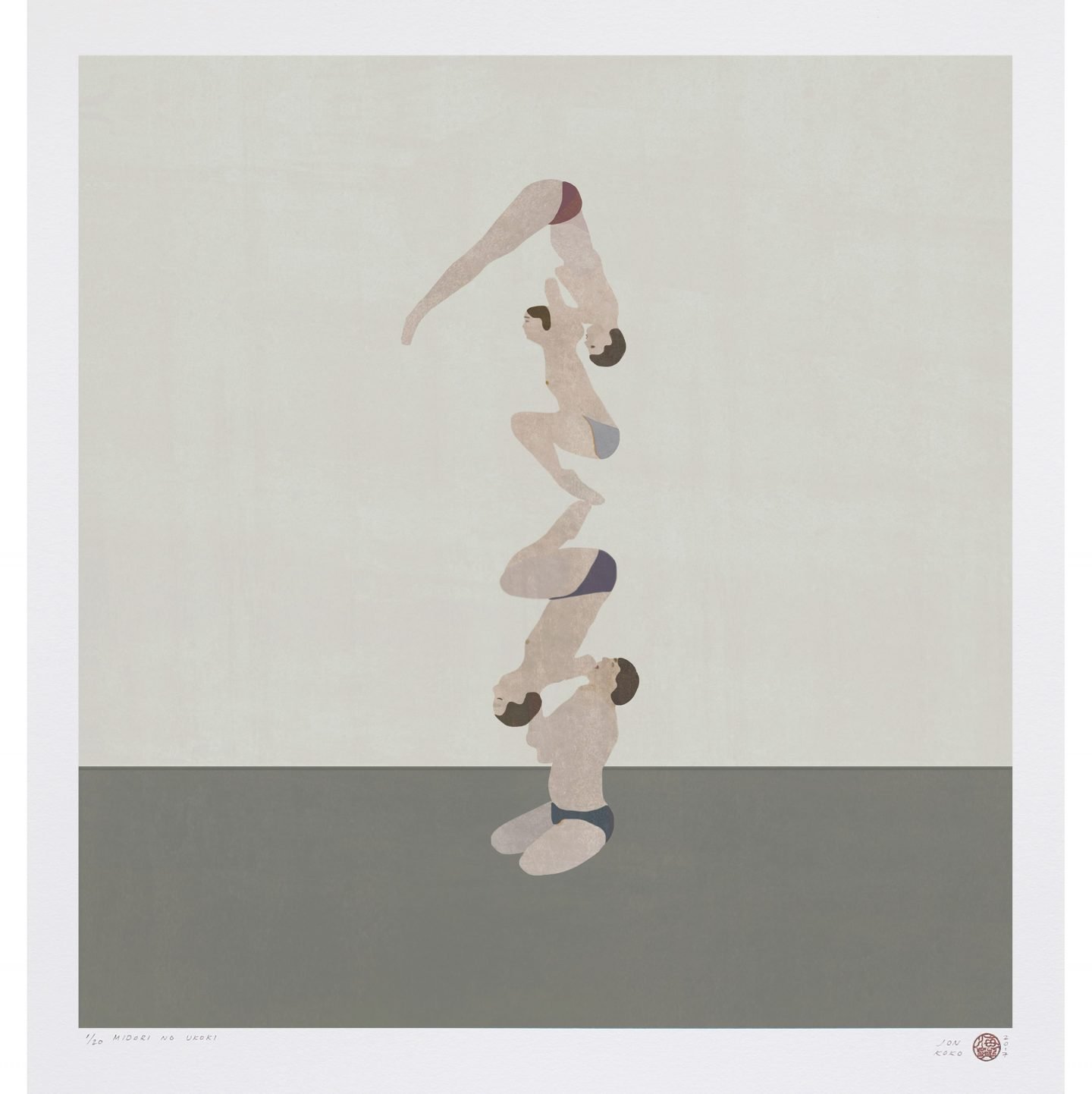
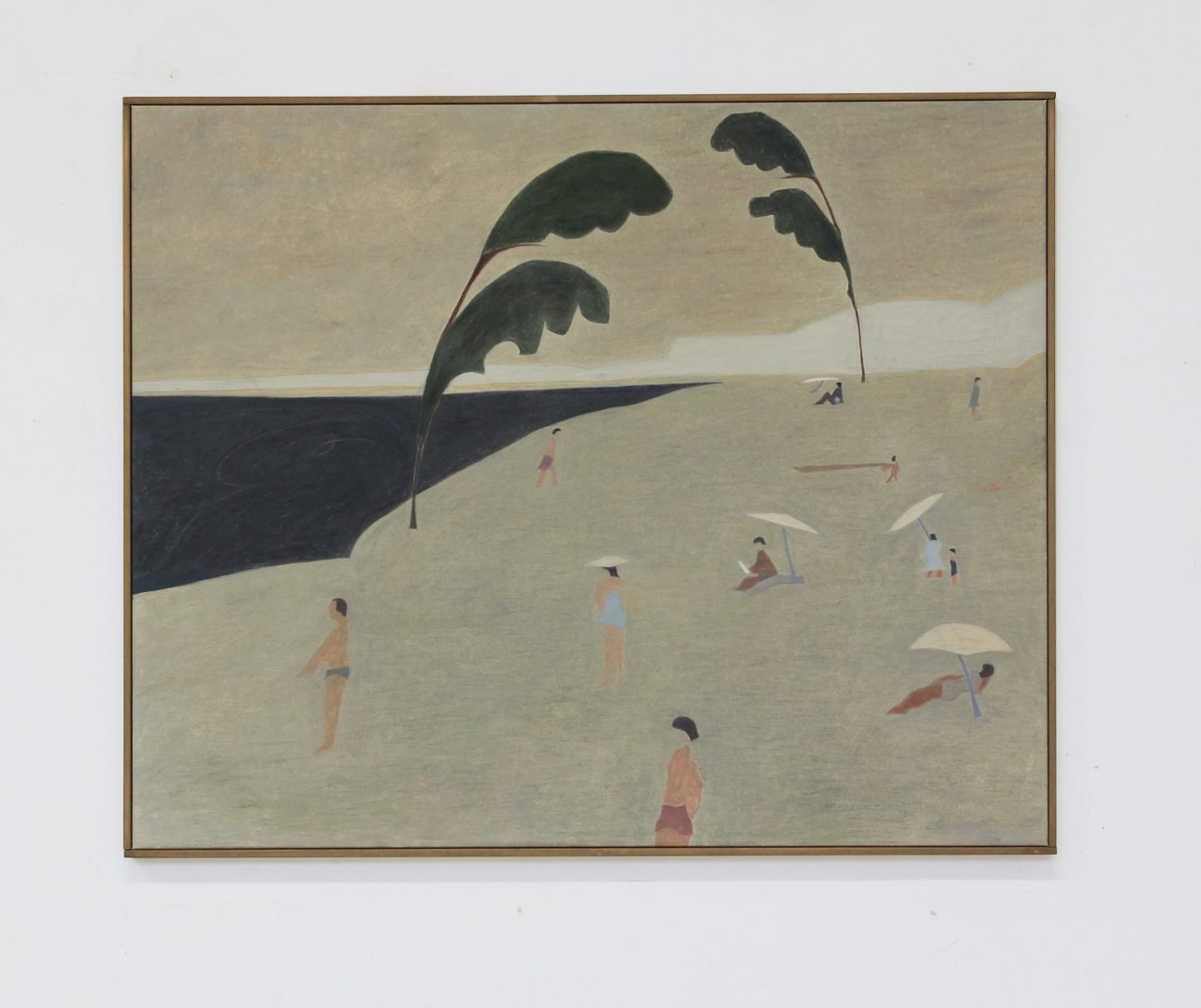
Images Courtesy © Jon Koko
